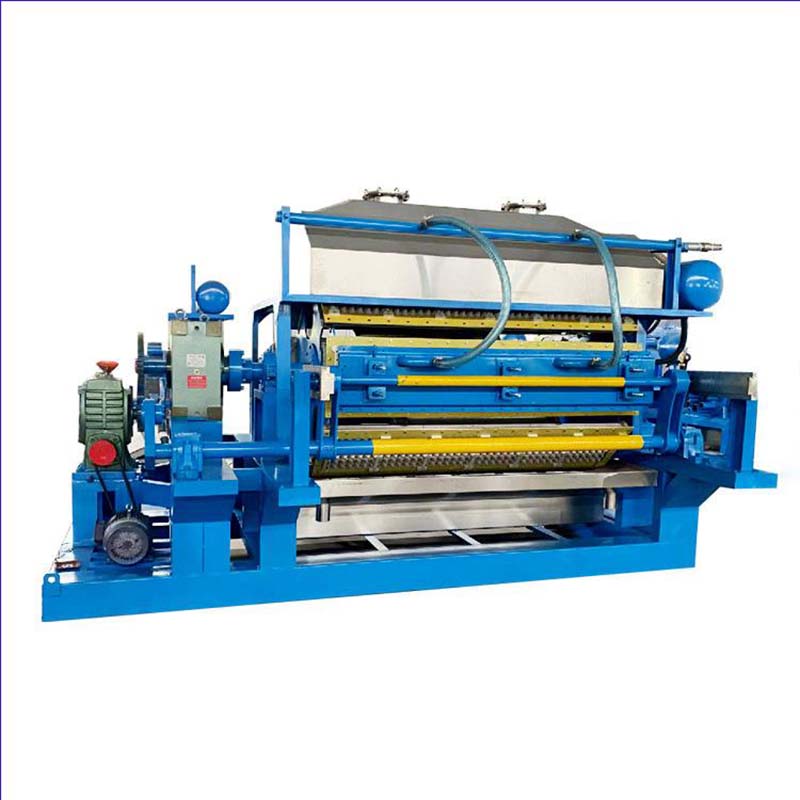High-Quality Poultry Farm Layer Cages for Optimal Egg Production
Sep . 12, 2024 07:01 Back to list
High-Quality Poultry Farm Layer Cages for Optimal Egg Production
Understanding Layer Cages in Poultry Farms
Poultry farming has evolved significantly in recent years, particularly with the introduction of layer cages. These cages are specifically designed for housing hens that are raised for egg production. Layer cages optimize space, improve efficiency, and enhance overall animal welfare when managed properly. In this article, we will explore the advantages, design features, and best practices associated with layer cages in poultry farming.
Understanding Layer Cages in Poultry Farms
Layer cages are also designed with the welfare of the birds in mind. Modern cages often include features that allow hens to exhibit natural behaviors, such as perching and nesting. Many systems provide platforms that enable birds to move around more freely, while some even include automation for feed and water delivery. These innovations help to reduce stress among the hens, contributing to better egg production and overall health.
poultry farm layer cage

Another significant advantage of layer cages is the ease of management. The design of these cages facilitates better biosecurity measures, which are crucial in preventing the spread of diseases among poultry. With a controlled environment, farmers can monitor the health of their flocks more effectively, leading to early detection and treatment of potential health issues. Moreover, layer cages simplify the process of egg collection, cleaning, and maintenance, as eggs are laid in designated areas that make for easier harvesting.
However, it’s essential to consider the ethical implications of using layer cages. Critics argue that confinement can lead to stress and behavioral issues in hens. To address these concerns, many producers are adopting enriched cage systems, which provide additional space and features that meet the birds’ welfare needs. Regulations in various countries are increasingly favoring these enriched systems, emphasizing the importance of responsible farming practices.
In conclusion, layer cages represent a significant advancement in poultry farming, offering benefits in efficiency, management, and bird welfare. While the traditional views of cage systems are evolving, the focus remains on finding a balance between productivity and ethical responsibilities. As the industry continues to embrace innovation, the future of layer cages looks promising, paving the way for sustainable poultry farming practices that prioritize both economic viability and animal welfare. Through ongoing research and adherence to best practices, layer cages can play a vital role in meeting the global demand for eggs while ensuring the humane treatment of hens.
-
Hot Sale 24 & 18 Door Rabbit Cages - Premium Breeding Solutions
NewsJul.25,2025
-
Automatic Feeding Line System Pan Feeder Nipple Drinker - Anping County Yize Metal Products Co., Ltd.
NewsJul.21,2025
-
Automatic Feeding Line System Pan Feeder Nipple Drinker - Anping County Yize Metal Products Co., Ltd.
NewsJul.21,2025
-
Automatic Feeding Line System - Anping Yize | Precision & Nipple
NewsJul.21,2025
-
Automatic Feeding Line System - Anping Yize | Precision & Nipple
NewsJul.21,2025
-
Automatic Feeding Line System-Anping County Yize Metal Products Co., Ltd.|Efficient Feed Distribution&Customized Animal Farming Solutions
NewsJul.21,2025






